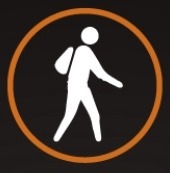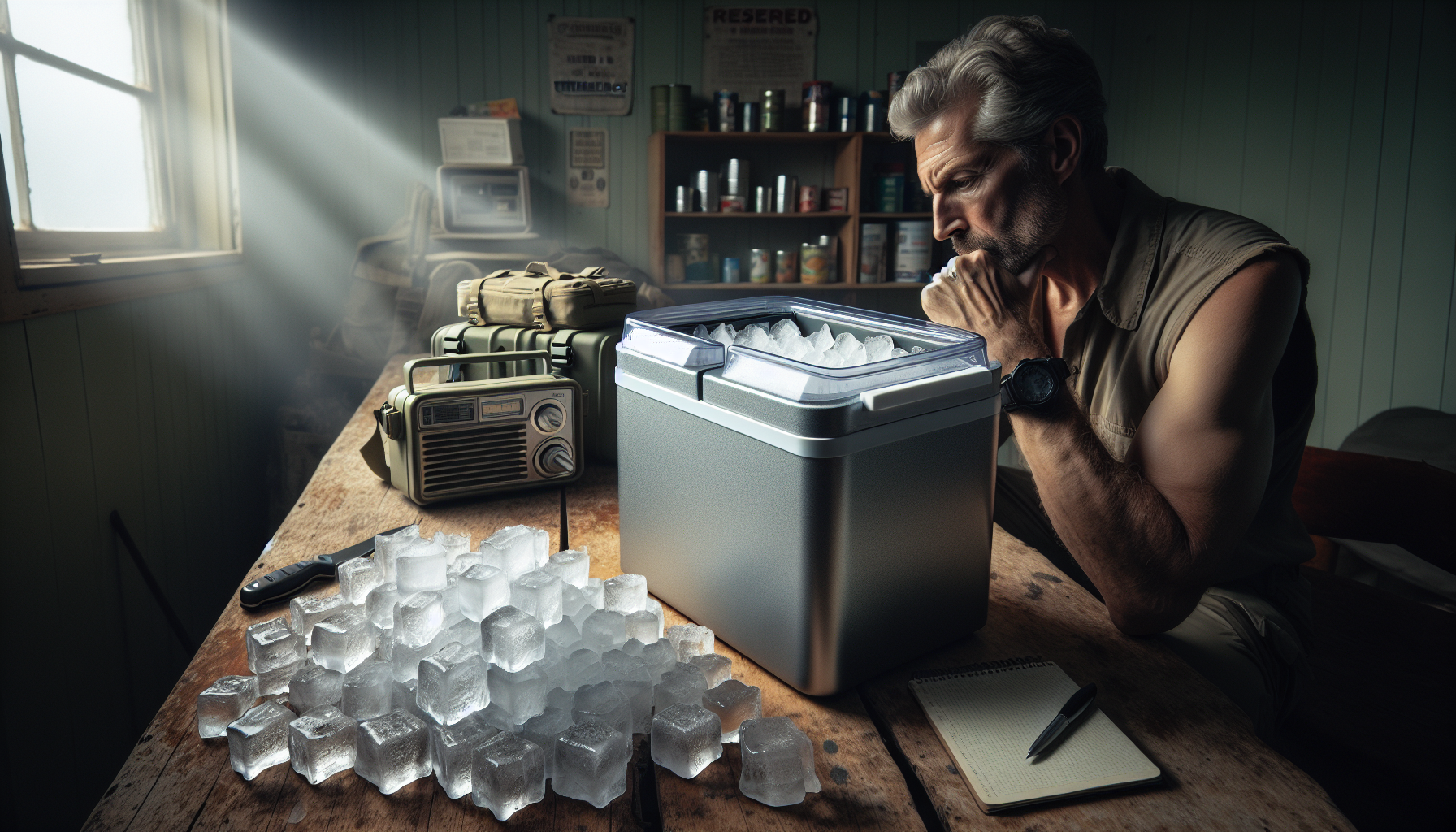Well, it happens every year, the first snow comes and many people on the road seem to forget how to drive or find themselves ill-prepared to deal with a minor (or major) catastrophe. Having experienced winter driving knuckleheads just a few days ago, I figured I would write a blog article with some winter driving and all-around vehicle tips to help some of you out. These are in no particular order, but each has merit.
- Make sure you have a decent winter kit of tools and supplies every time you venture out in your car in the winter. Check back to the blog for a future article on what winter items you should have with you in case of an emergency.
- Make sure tires are properly inflated. Most tires have some sort of ice cuts into the rubber (called sciping). Those tiny little slivers fill with moisture or snow or ice and help with traction on slippery roads. If tires aren’t properly inflated those cuts cant perform as they are designed. Also, a well inflated tire can cut through snow better and create a hard pack underneath… a low-pressure tire spreads out and doesn’t allow snow (or any other medium) to pack well.
- Beware of black ice. A section of road that looks wet may actually be frozen if the temperature has been cold enough for water from the snowmelt to refreeze. Black ice is difficult to predict but a good indicator is the air temperature. If it is anywhere near freezing, there is a good chance the conditions exist for black ice. It’s better to make it to your destination late and in one piece so driving slowly in such conditions is completely understandable.
- Make sure windows are defrosted and clear. Use an ice scraper and brush to clear the majority of ice and snow from your windows but also keep your vehicle’s heat on with a fan on the defrost setting. And be sure to clear snow and ice from the top of the vehicle! Debris falling off of your vehicle may impact other cars causing damage or simply causing an unsafe driving condition.
- Make sure you have adequate windshield wipers and washer fluid. Regardless of how well you clean your windows, moisture and dirt get kicked up from other vehicles while driving and can impair your ability to see. Replace washer fluid and worn wipers as necessary… and don’t use them sparingly, keep your windows clean!
- Avoid driving while sick or on some kind of medication. This would seem to be a no-brainer but often people fail to read the warning “do not operate heavy machinery” on prescription and over-the-counter meds. Driving in wintry conditions can be treacherous enough, don’t complicate things more by extending your reaction time.
- Take turns slowly. You may have four or all-wheel drive but the extra traction afforded only works when the tires are pulling the vehicle forward… it does nothing to slow the vehicle or help it through a turn when the brake is being applied.
I hope this list helps some of you out. If you have any other winter driving or car safety tips, sound off in the comments








